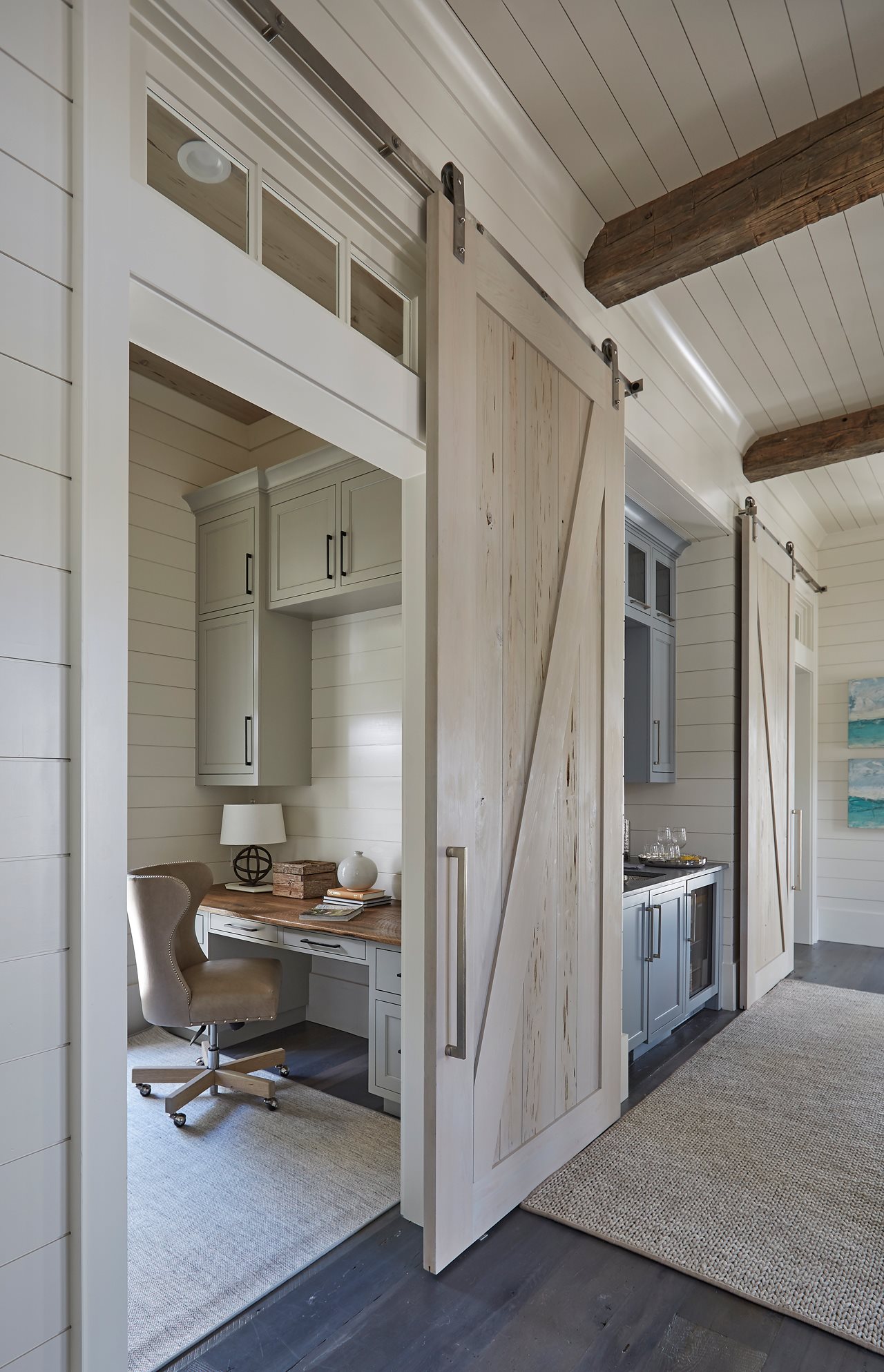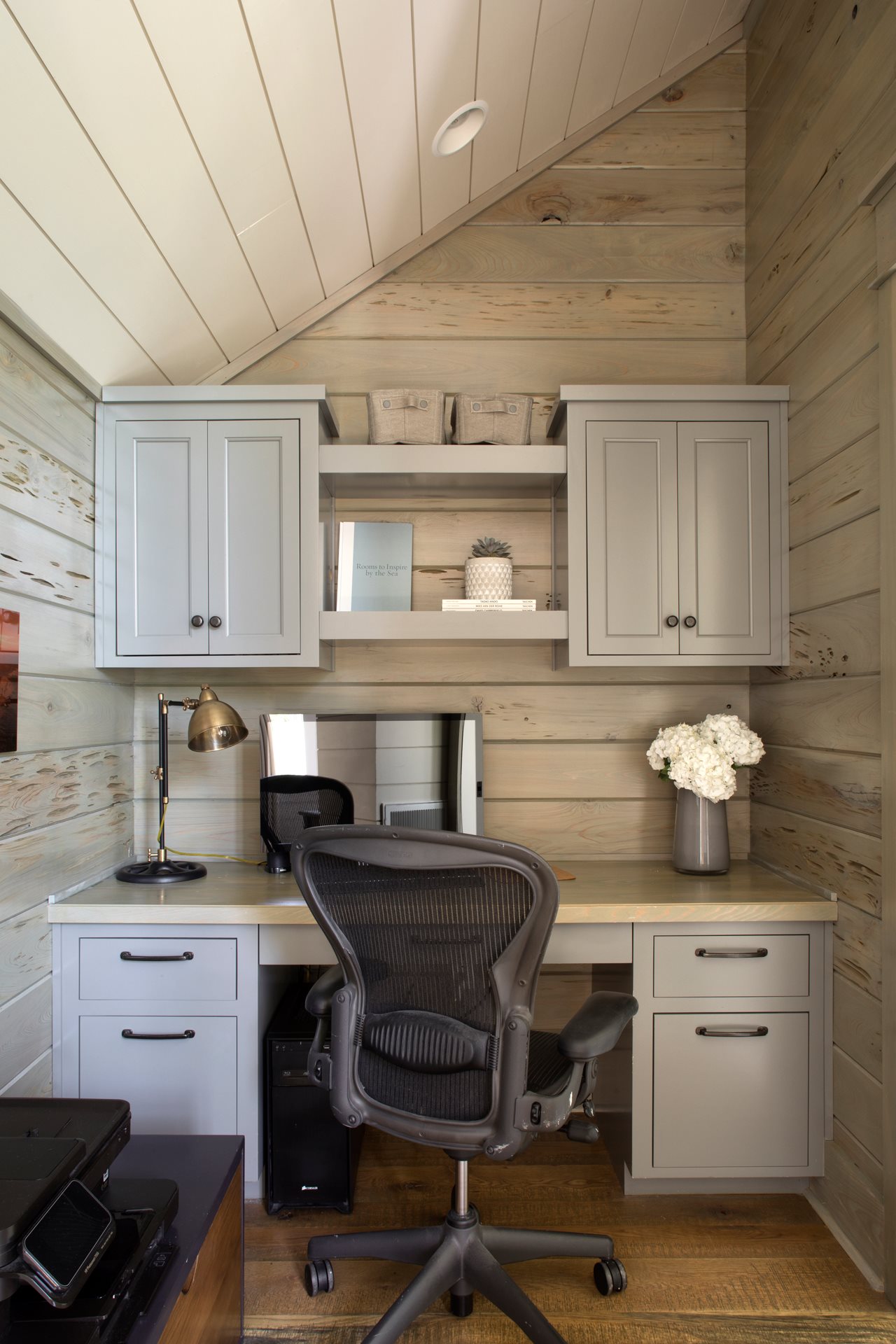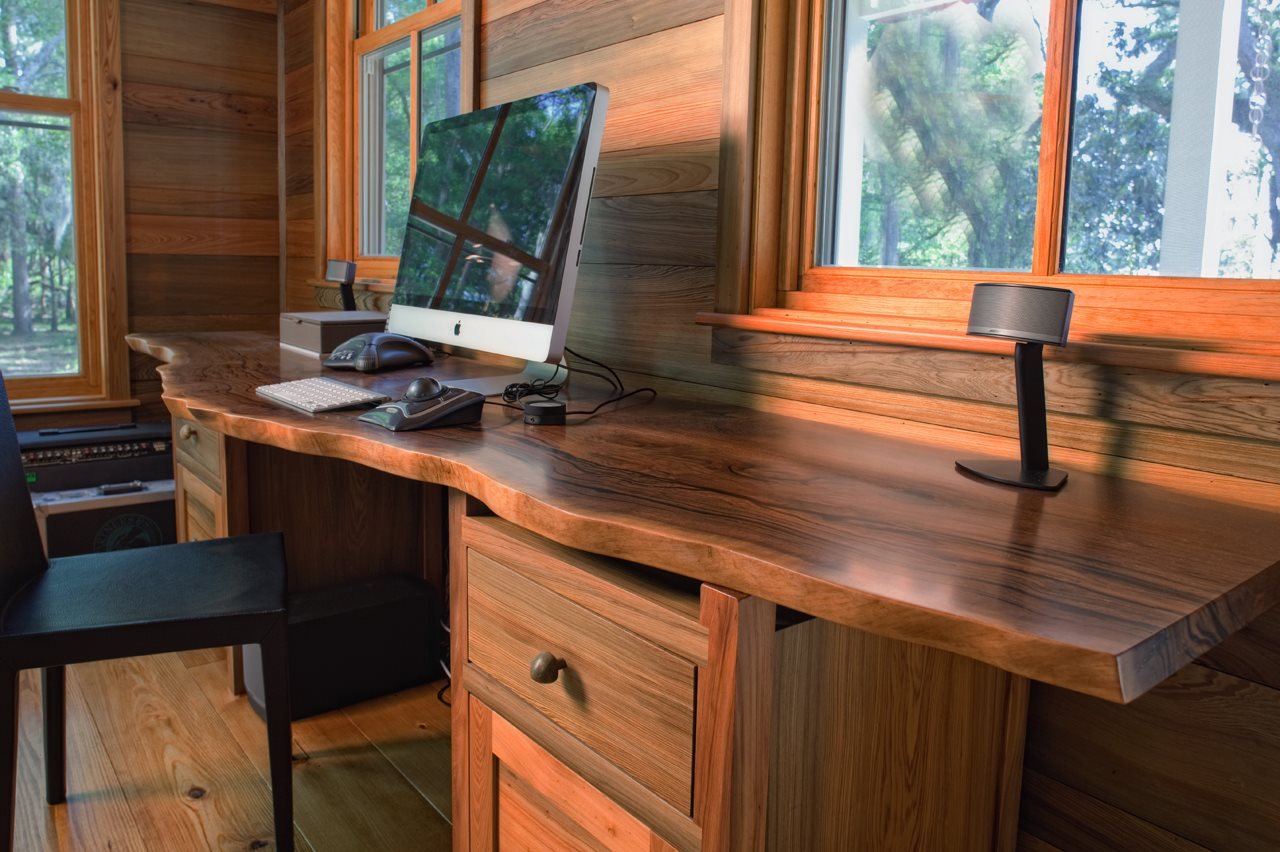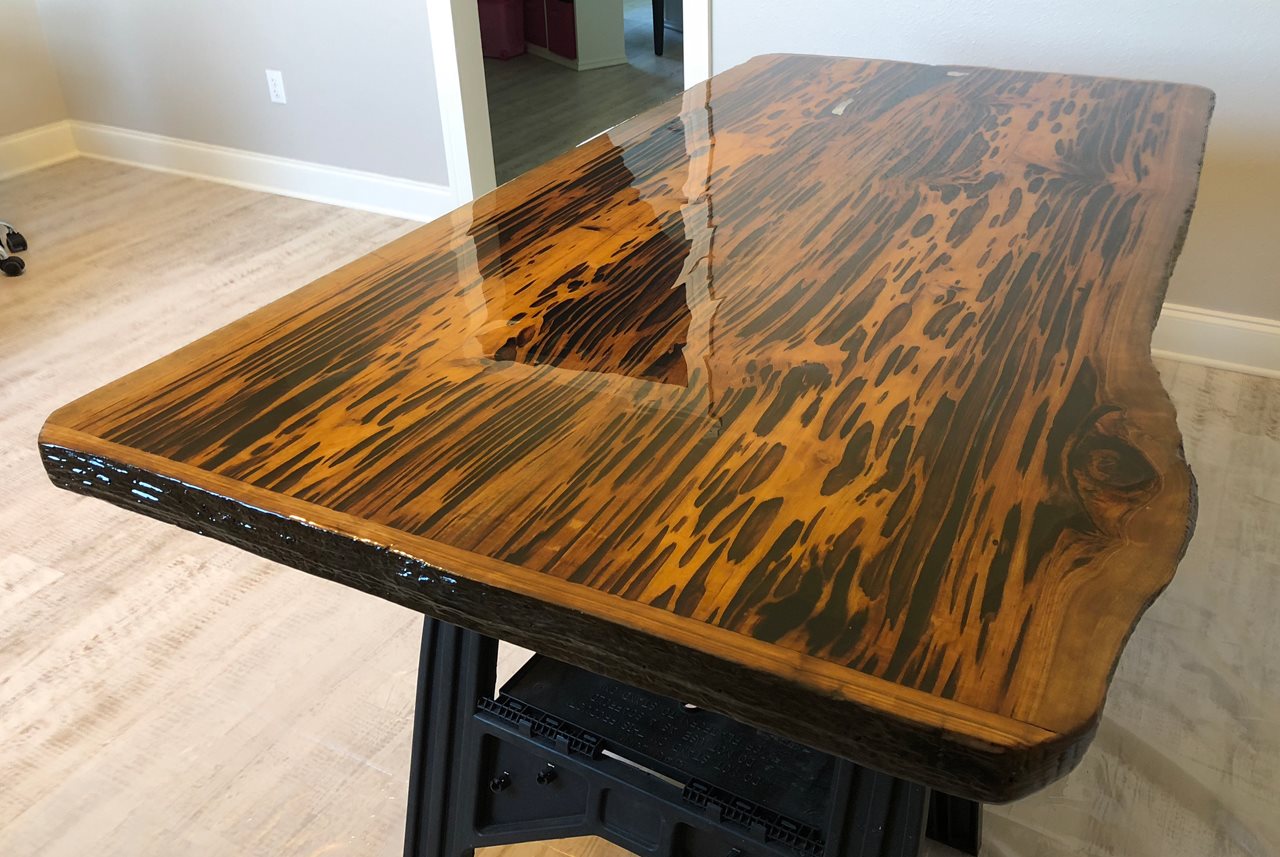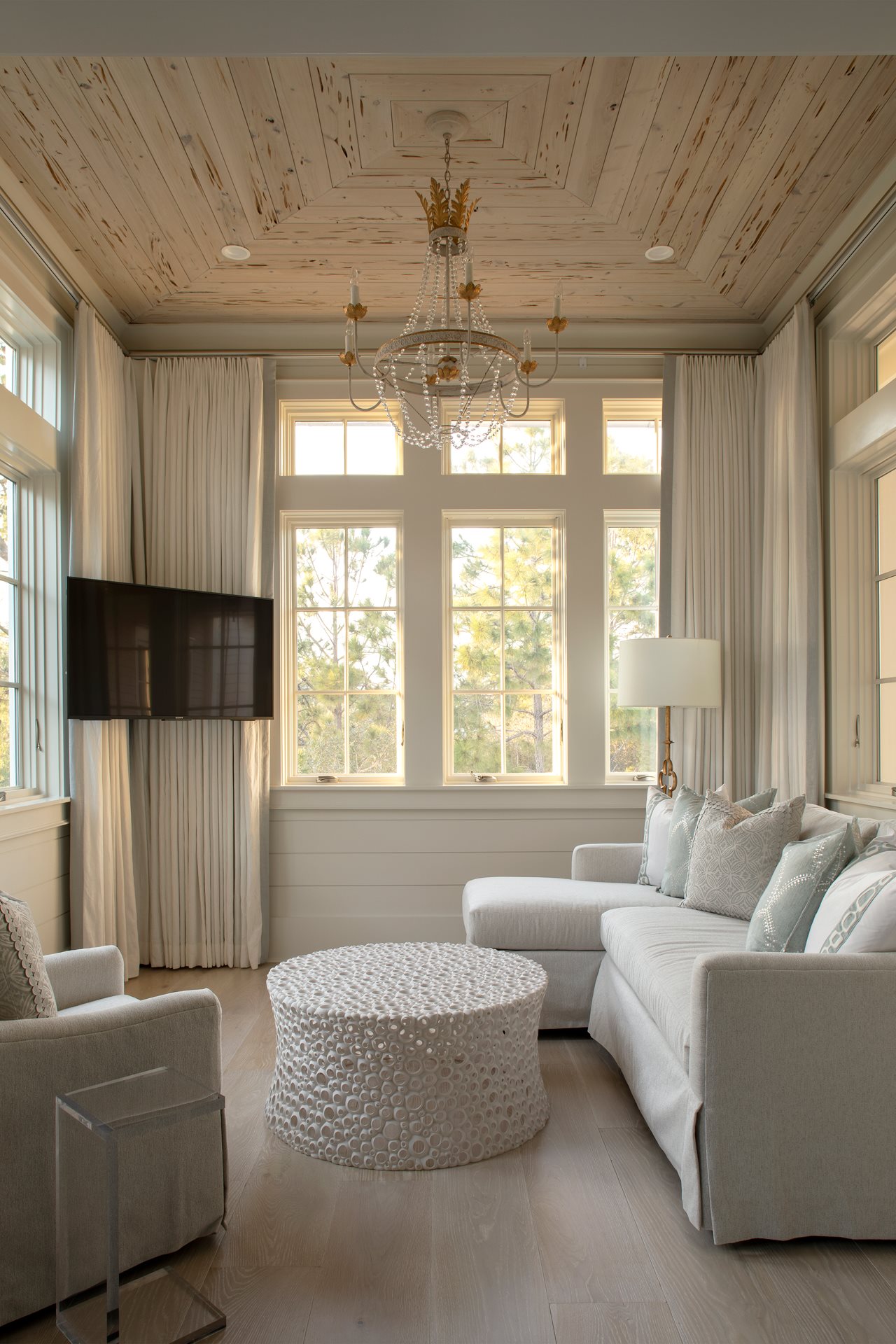2020-12-21T10:01:00
(BPT) – The winter season brings a change in routines for everyone — more time indoors, shifts in temperature, the temptation of hearty comfort foods and sweet treats, and more than ever, staying healthy amidst a challenging cold and flu season. For people living with diabetes, changes and unpredictable routines can make it more difficult to manage blood sugar levels. That’s why it’s so important for people with diabetes to be prepared for the unexpected and have a preparedness plan in place in the event of blood sugar lows or emergencies.
“Seasonal changes that disrupt routines, like colder weather or the holidays, may make managing blood sugar levels challenging,” said Dr. Gregory Dodell, endocrinologist and member of the American Association of Clinical Endocrinologists (AACE). “Despite all efforts to maintain optimal blood sugar levels, lows can still happen. It’s important for people with diabetes and the people around them to be prepared for low blood sugar, also known as hypoglycemia, which can become so low that it is considered a medical emergency.”[1]
As we head into winter, Dr. Dodell shares some tips to help people living with diabetes be prepared for low blood sugar.
Meals and snacks may differ this time of year
The holiday season can be a busy and stressful time of year. Consuming different quantities and types of food, whether it’s a holiday meal, more snacking throughout the day, or being so busy that you don’t have a chance to eat consistently may affect blood sugar levels and can cause unexpected lows. An important part of being prepared is having fast-acting carbs, like glucose tablets or sweets, and a prescription rescue treatment on hand.[1]
Track changes in exercise and mobility
Blood sugar levels can drop following exercise at any time of year.[2] But in winter, there are a few other considerations to keep in mind. You may be spending more time indoors to avoid the cooler weather, or you may be outside hitting the slopes, building a snowman or shoveling the driveway. Whether you’re exercising more or less than usual, colder weather can impact your regular exercise regimen, which can affect your needs around blood sugar management. During the colder winter months, our bodies also burn more calories to stay warm, so it’s important to make sure to dress warmly. Whether you’re heading outside or curling up on the couch this winter, make sure your blood sugar management supplies are nearby — and accessible to those around you.
Watch your health during cold and flu season
We may be washing our hands more than ever, but cold and flu season is still upon us. For people with diabetes, catching a mild cold may affect blood sugar levels and bring about unexpected low blood sugar. This is because diabetes can make the immune system less able to fight infections. Even acute illnesses can make it harder for people with diabetes to control their blood sugar.[3] To protect against the flu and serious flu complications, the U.S. Centers for Disease Control and Prevention (CDC) recommends people with diabetes get a flu shot.[3] If you do get a winter bug, remember that sometimes people don’t feel like eating when they are sick and a reduced appetite can cause blood sugar levels to fall.[3] If you start to feel under the weather, talk to your doctor or schedule a telehealth visit, keep yourself hydrated and well-nourished, and tell those around you how to recognize signs and symptoms of low blood sugar and where to find your blood sugar supplies, should you need them.
Create and share a low blood sugar rescue plan with your support network
As important as it is to have low blood sugar supplies nearby, it’s just as crucial to make sure those around you know where your supplies are and how to help you in the event of a very low blood sugar emergency.
Talk to your diabetes healthcare team about preparing for lows and develop a plan for mild, moderate and severe low blood sugar. Ask questions about what to do in case your blood sugar falls too low and how those around you can help in the event of an emergency.
“Once you have a plan in place, consider the people around you — from neighbors, teachers and co-workers to family and friends,” said singer/songwriter and Lilly Diabetes Ambassador Crystal Bowersox. “Winter is a great time to connect with people and talk to them about your diabetes and what they can do to help. I’ve taught my family, friends, manager and son Tony the signs and symptoms of a very low blood sugar emergency and showed them where my supplies are. Now, they feel more confident about when and how they may need to step in to administer an emergency rescue treatment and call for help if I need it.”
“Don’t let the winter months derail your diabetes management,” advises Dr. Dodell. “Head into the new year knowing you and your support network have a plan for managing low blood sugar.”
For helpful tips to start the conversation with your healthcare team and support network, visit KnowBeforeTheLow.com. There you can learn more about preparing for low blood sugar and find resources to help you and your support network Know Before the LowTM.
[1] Association of Diabetes Care and Education Specialists, Hypoglycemia. Website: https://www.diabeteseducator.org/docs/default-source/living-with-diabetes/tip-sheets/Hypoglycemia/hypoglycemia-symptom-and-treatment-tip-sheet.pdf?sfvrsn=0.
[2] American Diabetes Association, Blood Sugar and Exercise. Website: https://www.diabetes.org/fitness/get-and-stay-fit/getting-started-safely/blood-glucose-and-exercise
[3] Centers for Disease Control and Prevention, Flu & People with Diabetes. Website: https://www.cdc.gov/flu/highrisk/diabetes.htm









